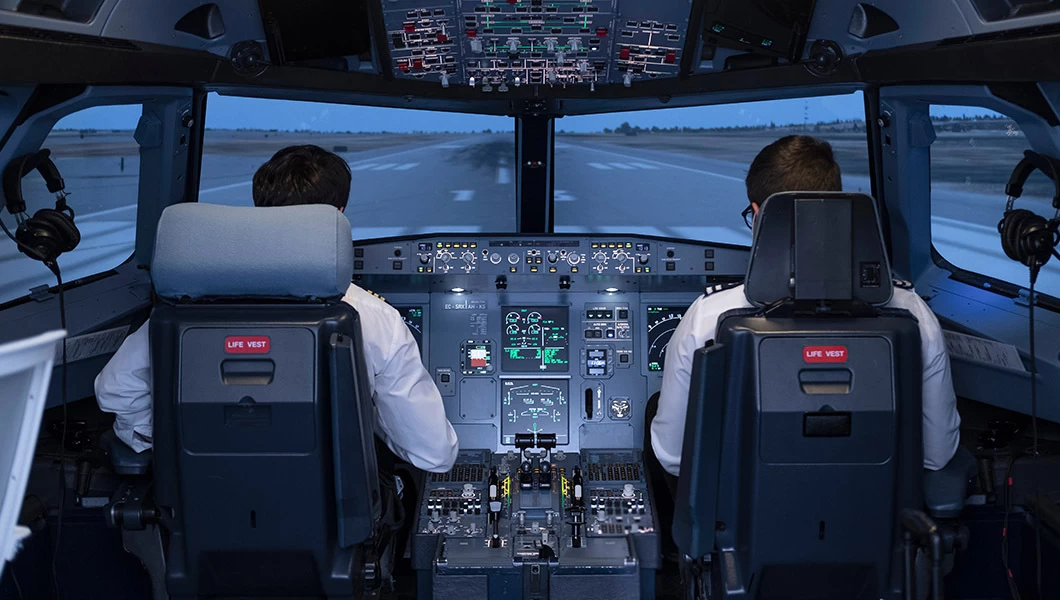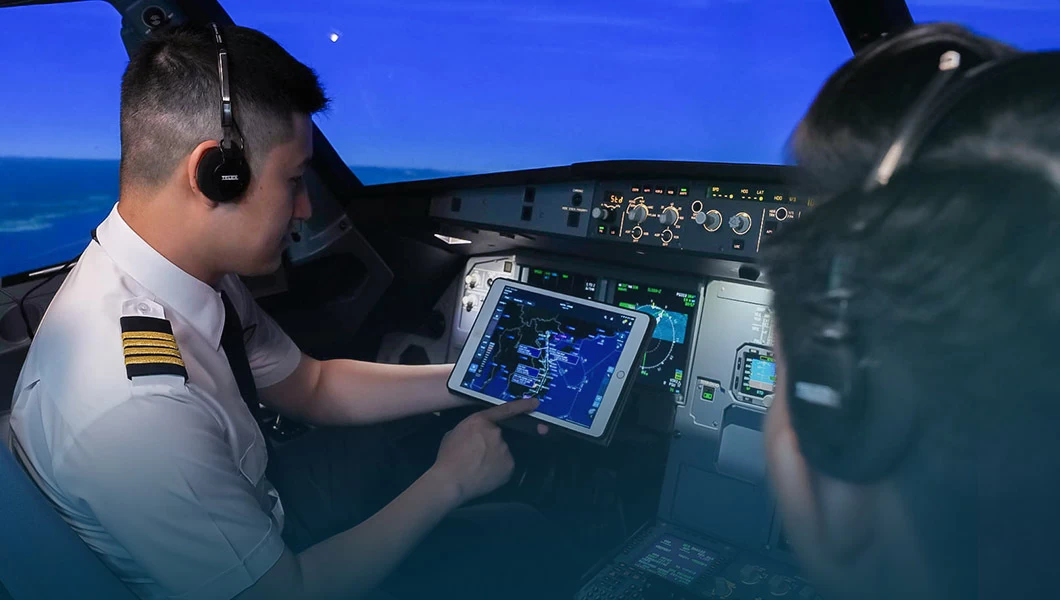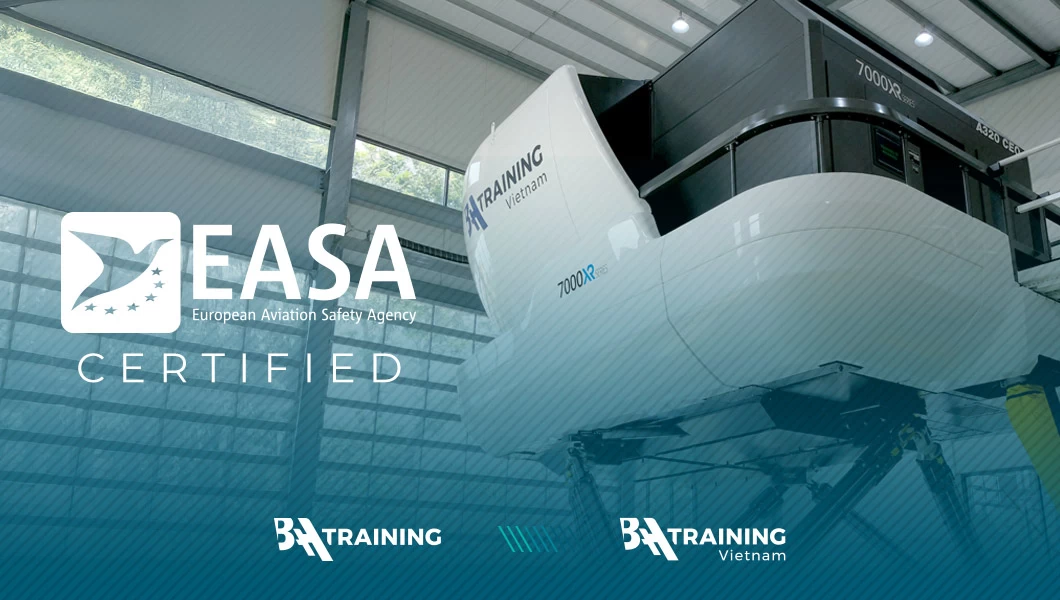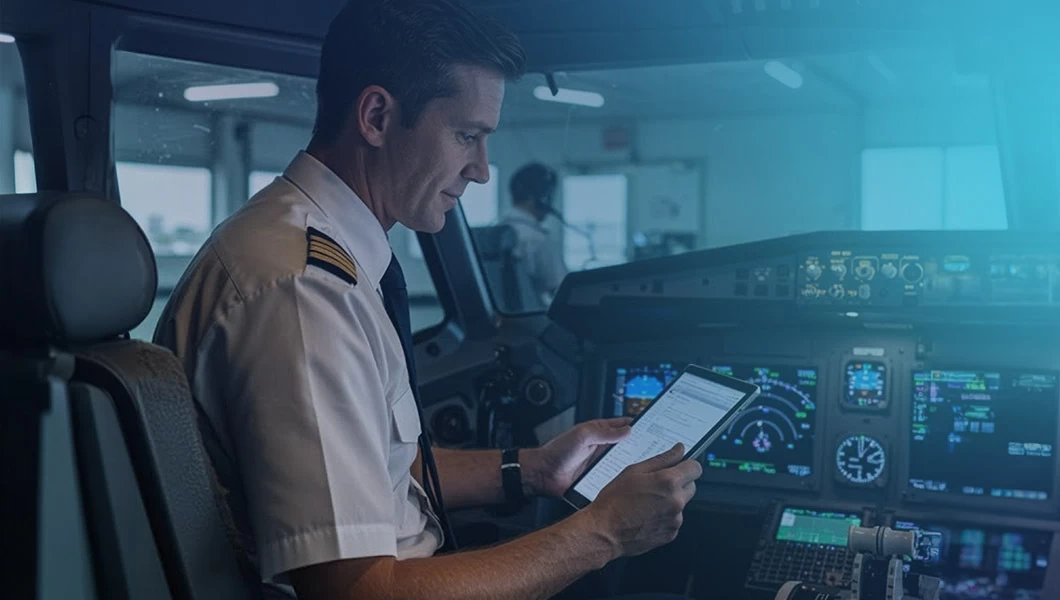The numbers tell the story: in 2014, there were over 22 certified MPL programs worldwide; by 2018, that number had almost doubled to 39. By March 2021, IATA reported 4,018 MPL graduates globally, underscoring the rapid growth and appeal of these programs. But this growth brings with it a renewed focus on the quality and rigor of MPL training—a factor critical to its success.
Torbjorn Wischer, Director of Standards and Performance at BAA Training, a leader in aviation training solutions, attributes the popularity of MPL programs not only to their airline-specific design but also to the quality training embedded in them.
“First and foremost, MPL training aligns closely with the operational demands of specific airlines, producing pilots who are ready to operate within an airline’s unique system. The emphasis on high-fidelity, type-specific full-flight simulators, and intense scenario-based training equips MPL cadets with skills and resilience for high-risk situations,” explains Wischer. This alignment with airline procedures makes MPL graduates highly valuable; however, Wischer stresses that it is the quality of training that truly sets these programs apart.

One of the key pillars of the MPL program’s success lies in the meticulous attention to quality within the training process. Wischer points out that if quality falters, the entire MPL model is at risk.
“Since these are highly tailored training programs, any lapse in quality disrupts the process and ultimately impacts the readiness of the cadet. We place great importance on maintaining rigorous standards and constantly refining our training to exceed expectations. For us, it’s the attention to detail—every detail—in the training flow. Our process allows us to closely monitor each step of the training flow, identifying and addressing areas that could affect outcomes,” he says. This commitment to excellence ensures that MPL cadets receive the focused, hands-on training required to succeed in today’s high-stakes aviation environment.
For aspiring pilots, the MPL program offers not only a pathway to in-depth training but also something crucial: job security. Unlike traditional routes, the MPL program often provides a direct link to employment with partner airlines.
Your PILOT CAREER
starts with a first click
“It’s one of the main advantages of MPL programs,” emphasizes Wischer. “Through our most recent partnership with Volotea, for example, or the recently-launched Pilot Runway project, we’re able to offer cadets in this MPL cadet program a guaranteed First Officer position upon successful completion. This guarantee transforms their journey from training to career, with the added assurance of a quality training foundation that prepares them thoroughly for real-world challenges.”
As airlines continue to prioritize MPL-trained cadets, it’s evident that the MPL is emerging as a cornerstone of modern aviation training. The focus on quality within these programs will continue to play a defining role in the aviation industry’s future, helping to shape pilots who are not only job-ready but equipped to meet the demands of an increasingly complex airspace.
















